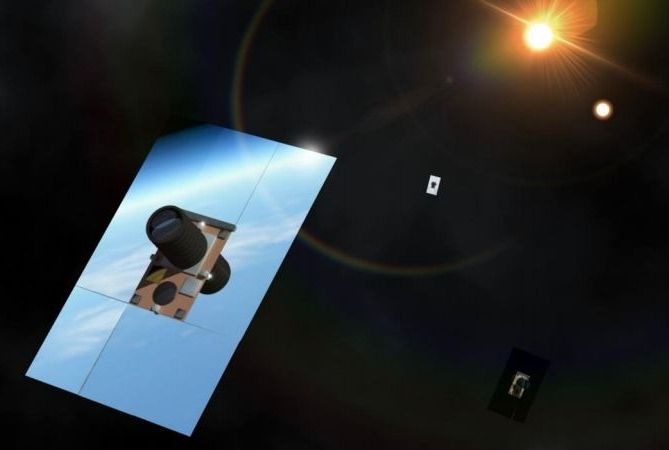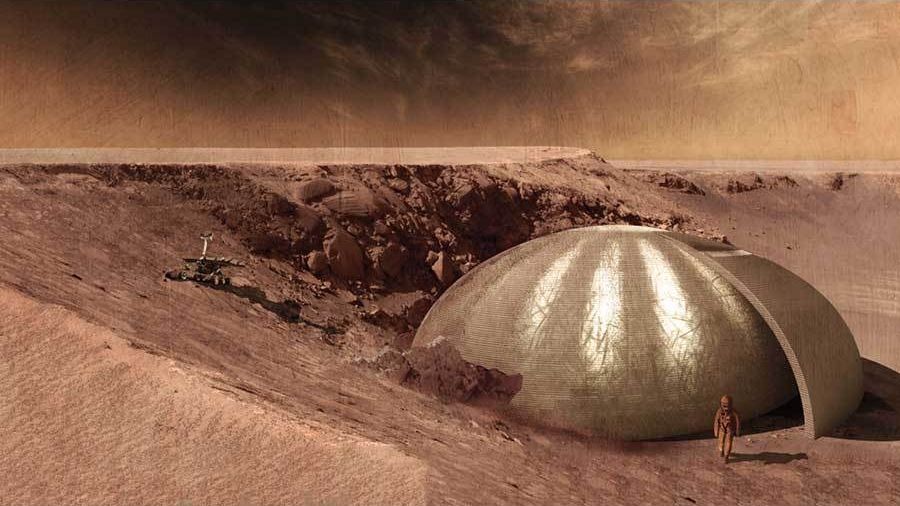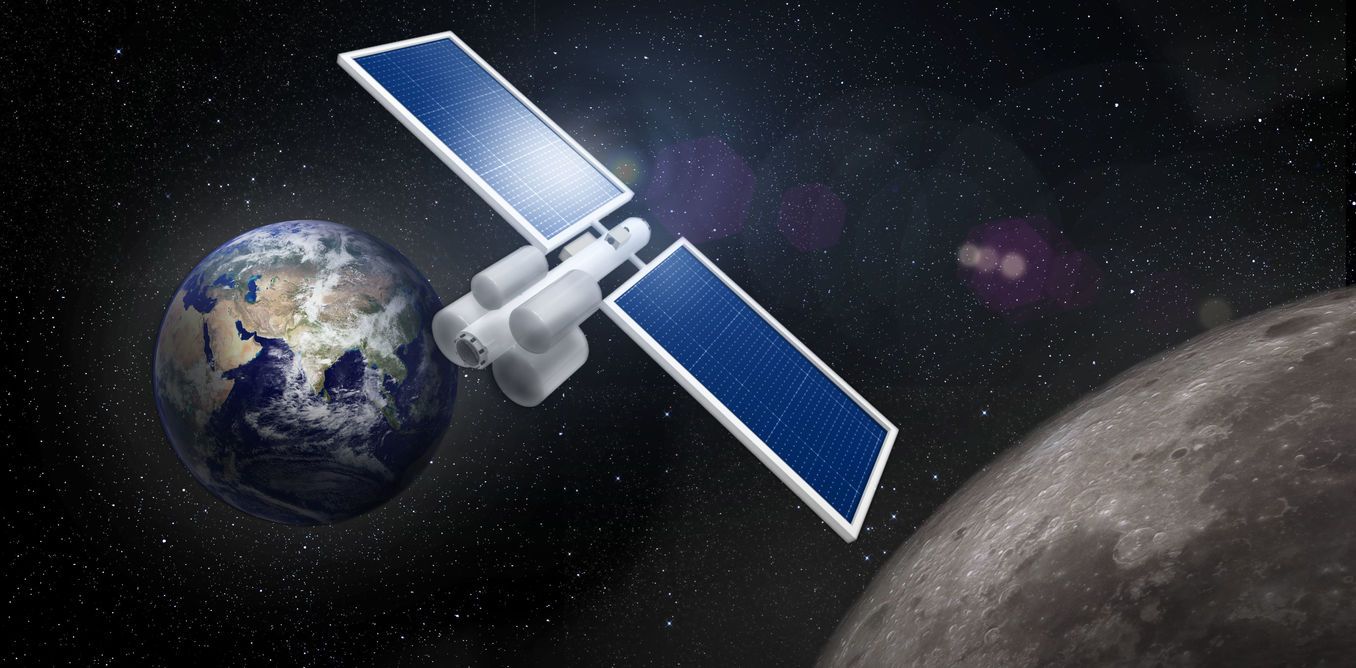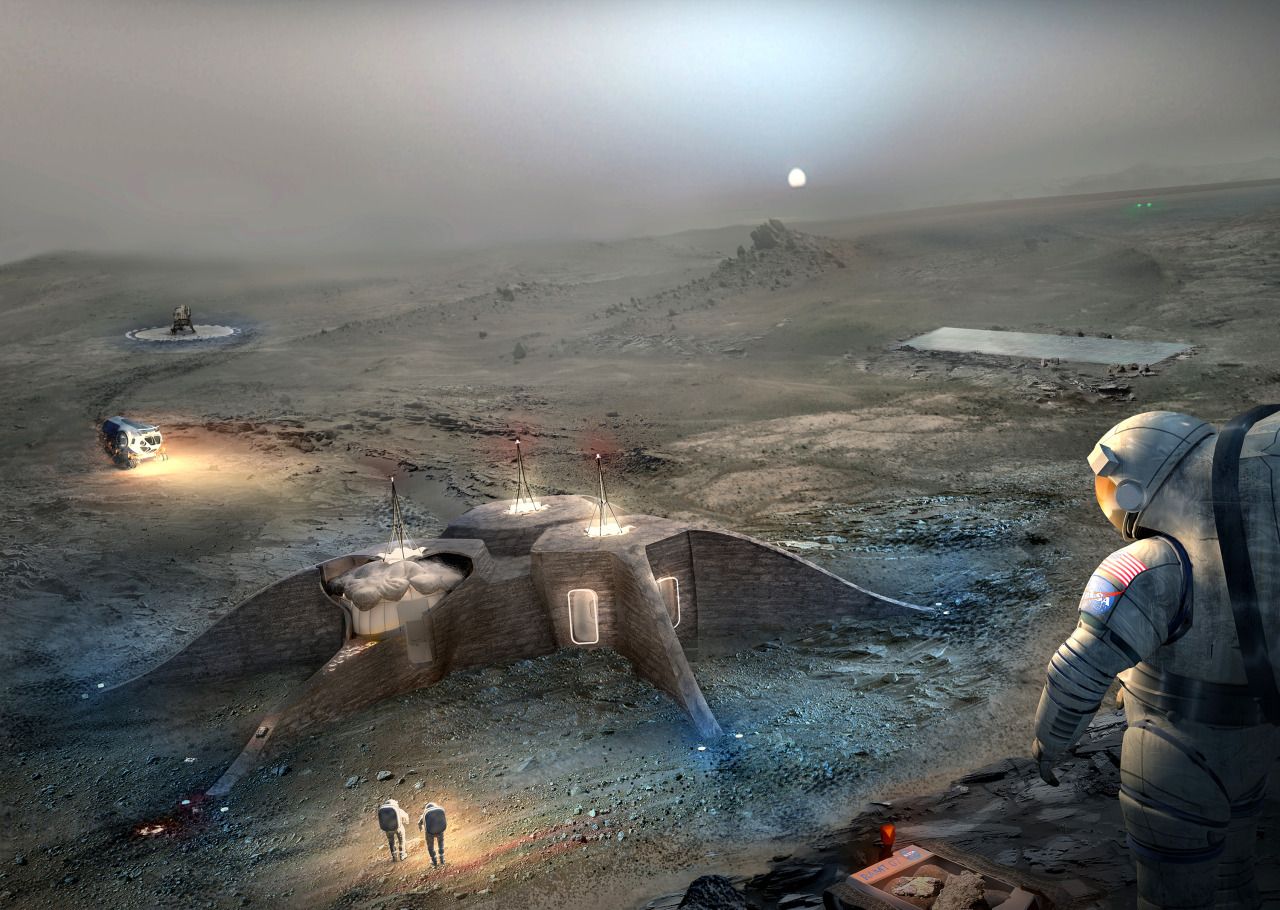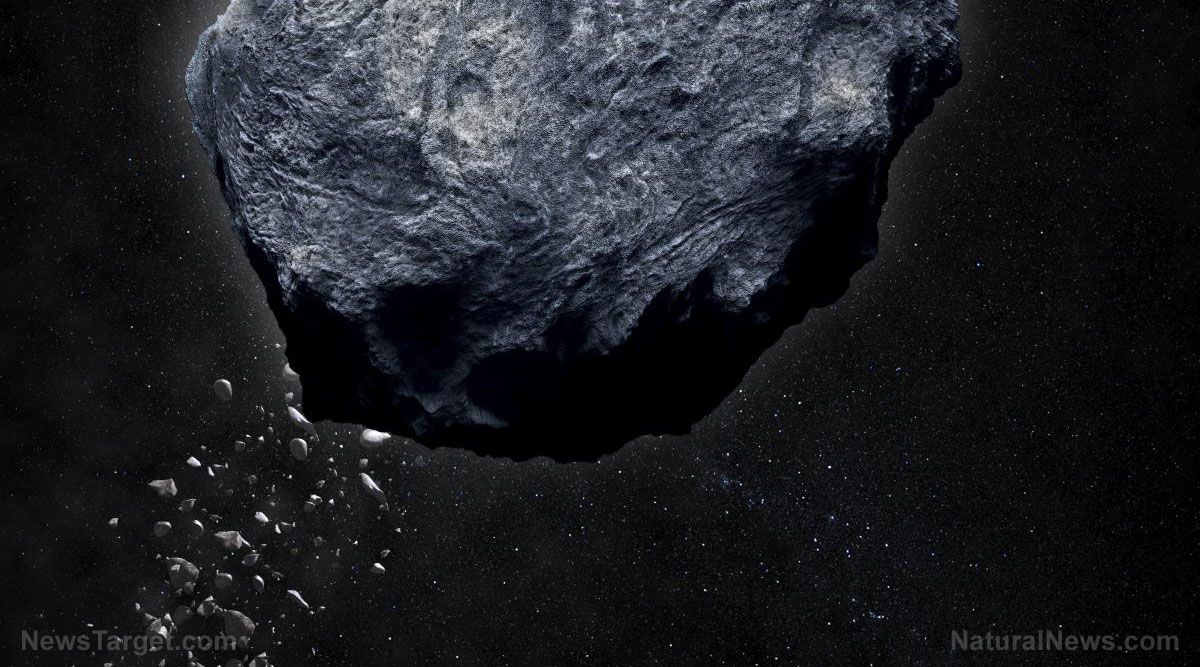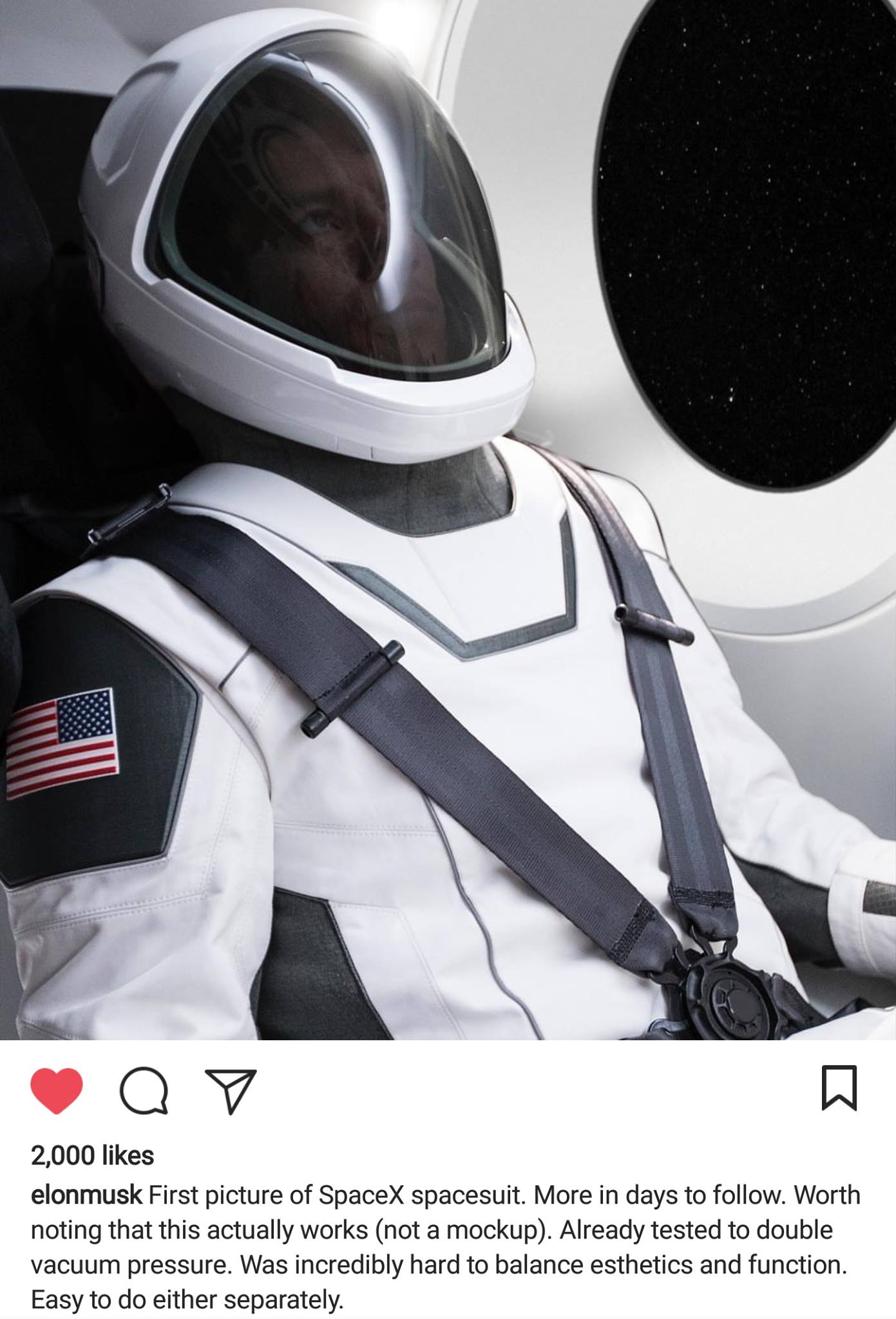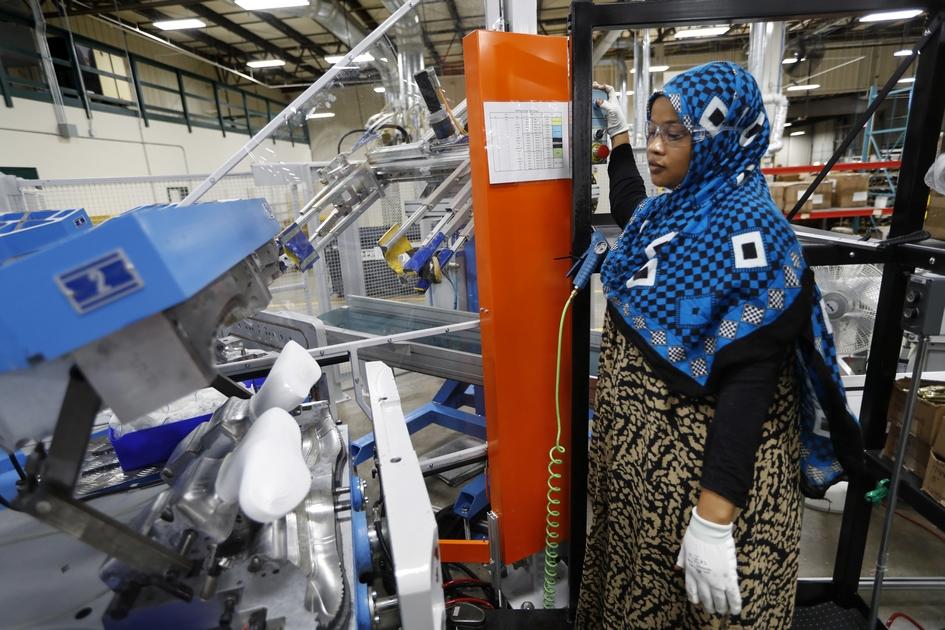China and Russia are set to sign a milestone agreement in October on joint space exploration from 2018 to 2022, sending manned missions to the Moon for the first time. The bilateral agreement will cover five areas including lunar and deep space exploration, developing special materials, collaboration in the area of satellite systems, Earth remote sensing, and space debris research. This is the first bilateral agreement to cover a partnership spanning five years. It is to be signed against the background of space exploration race the US is trying to win, so the two partners decided to join the efforts. In February, the Trump administration asked NASA to look into the possibility of manning a heavy-lift rocket mission, expected to be launched in 2018, setting the stage for a human return to the Moon.
Russia’s Glavkosmos space launch operator is also working with Chinese partners on joint experiments aboard the International Space Station (ISS). China was interested in buying the world’s most powerful Russian-made RD rocket engines produced by Energomash while Russian Space Systems showed interest in Chinese electronic technology.
The first module of China’s space station Beijing is expected to be launched in 2018. The project is to be completed in 2022. According to the plans, a Chinese mission will be sent to Mars in 2020 to land a robot vehicle for scientific research. Last year, Beijing put into operation the world’s largest radio telescope half a kilometer (0.3 miles) in diameter. In 2014, China caught up with Russia having launched about the same number of satellites – 117 (72% increase in 2011–14). Russia had 118 launched by the time (the number increased by 20% during the same period).
